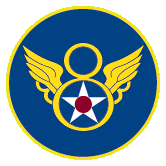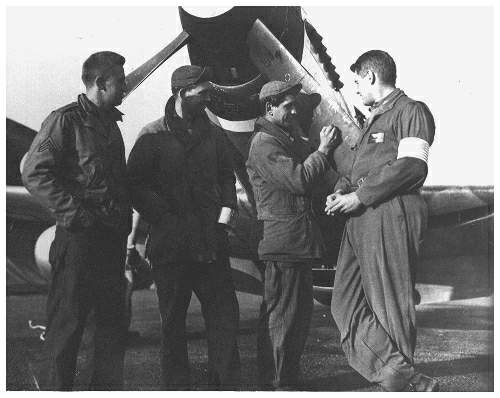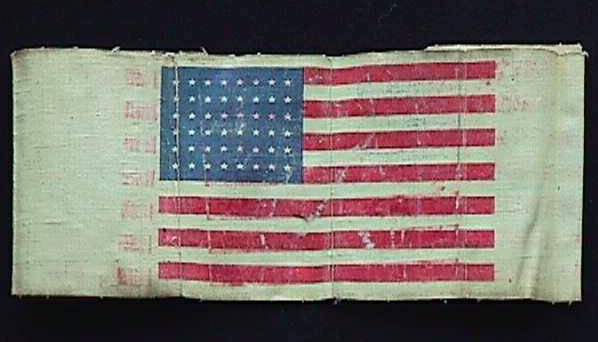 FRANTIC MISSION VI
FRANTIC MISSION VI
 � � "The Russians had barely greeted us when they started swarming over our airplanes, examining them minutely, and, of course, we were proud to show every detail of our good machines..."  � � "There were no buildings on the field (Piryatin) and we were housed in tents and ate our meals in a large tent some distance away. The food was strictly American, served by Russian girls. While the girls were large they were well-built, and they could have used a bath. They had no chance for glamour in their uniform and boots and no cosmetics. One normally brave pilot, Stud, said, 'Too rugged for me!"  " � � The days at Pyriatin were long and hot and the nights were cool. We slept in our sleeping bags on an American cot and wondered when this waiting would come to an end. While we knew this trip wqas along the good-will line, still we were supposed to have flown a few missions, hoping the Russians would come through with bases in Siberia so we could operate against Japan. Nothing worked out, so we said goodbye to Russia with no regrets. We had done nothing. We had seen nothing."  All quotes from Happy Jack's Go Buggy by: Maj. Jack M. Ilfrey. |
� "Frantic" was the code name given to missions that used the Soviet Union as a terminal point for shuttle bombing. USAAF fighters and bombers would operate from bases in England, Africa and Italy against enemy targets on one-way missions that ended at either end of the Frantic misions lines. These missions began in 1943 and dragged on for many months due to Soviet procrastination. Finally, with a push from Joseph Stalin, everything got underway. � � The Russian airfields had to first be rebuilt to accomodate B-17s and B-24s. This rebuilding included longer runways, control towers, all supplies, spare parts and housing. The fields that eventually received the work, and which were used, were located at Poltava, Mirgorod and Piryatin.This major undertaking was made even harder by the secretive nature of the Russian Army officials. � � The first Frantic mission took place in June of 1944, and after over a month of waiting the members of the 20th.FG were issued the American flag armbands (which would indentify them as friendly to any Soviets, should they be forced to bail-out or crash land,) and identification cards which also contained translations of many useful Russian phrases. On 11 September, 1944 65 P-51s of the 20th.FG took off from King's Cliffe to escort 70 B-17s of the 3rd. Bomb Division to Chemnitz, in southeastern Germany. The Group was again under the command of Col. Harold Rau, who had just returned from a trip home.  Lt. Earnest Fiebelkorn(far right) with his crew, Sgt. Barney Yanchitis, Armorer, T/Sgt. Carl W. Tucker, Crew Chief, Cpl. Nicholas Trynaski, Asst.Crew Chief.
|
(Fiebelkorn photo courtesy of Hazel La Munyon via Jack M. Ilfrey) Unless otherwise noted, all content � copyright The Art of Syd Edwards 1998-1999. All rights reserved and reproduction is prohibited.

